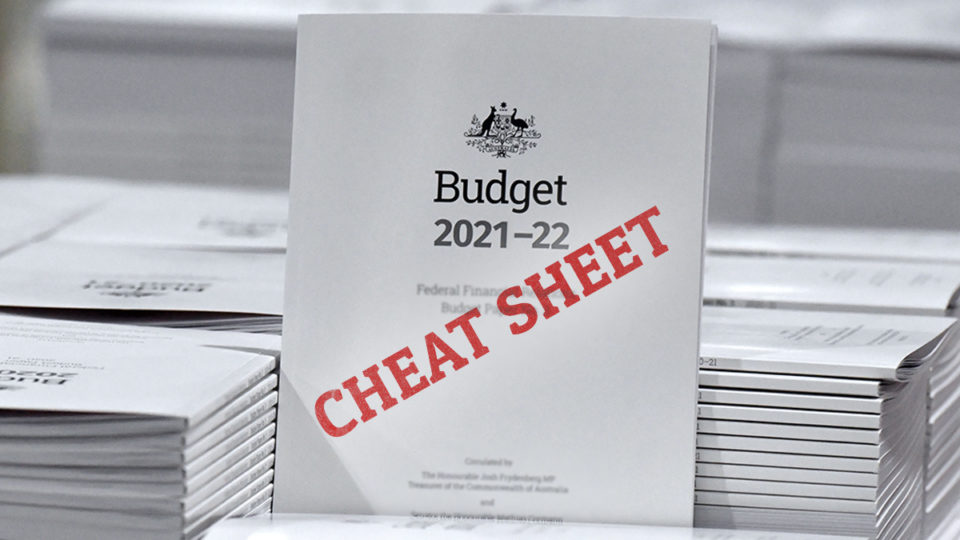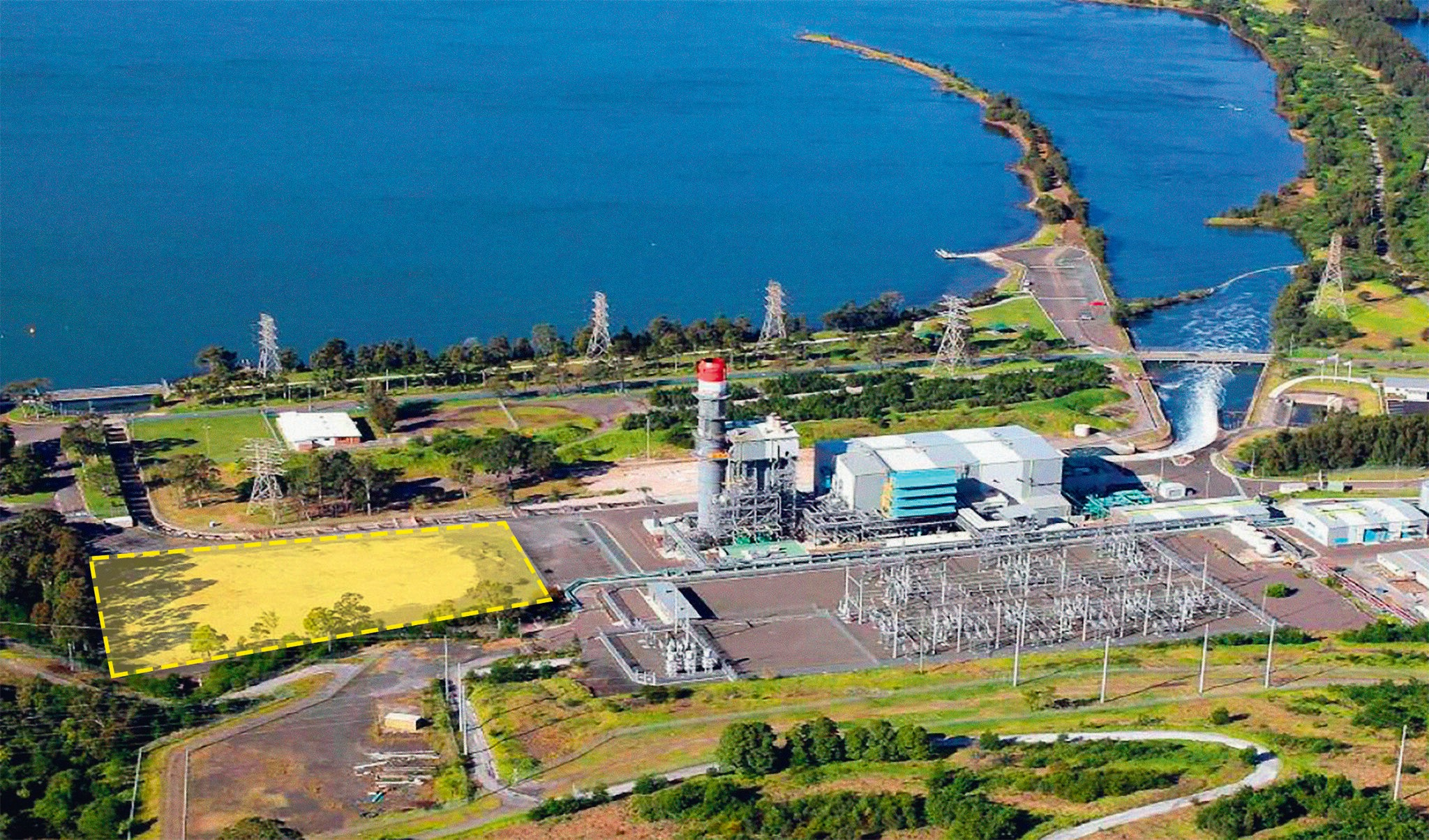Apart from the power going out in 375,000 Queensland homes we would not have seen any real impact on the NEM as prices remained stable as supply and demand was managed by AEMO.
AEMO published a market notice at 2:21pm advising of the power event at H24 Calvale.
H24 Calvale substation is next to Callide Power stations, which connects to the 275KV transmission line that links Callide in central Queensland via Tarong into South East Queensland.
As a result of this transmission line outage, all the power from central Queensland was redirected down the transmission lines closer to the coast.
Following the simultaneous trip of the Callide units, Stanwell power station also tripped.
Initially there were various rumours regarding the cause of the failure including:
- explosions at Callide
- a fire in the turbine hall
- a fire at the substation
It is now becoming evident that the cause could be a fire in the turbine hall at Callide. The station has been evacuated and emergency services are on site.
At the time of writing this update, 4:30pm, the Callide units have not returned to service however, Stanwell is gradually returning 3 of its 4 units to service.
As demand increases, solar generation diminishes, and thermal generation slowly increases the market has been put under stress. This has resulted in several price spikes and increasingly higher prices.
As we move into the evening, predispatch shows the price is likely to hit over $14,000/MWh for the next couple of hours, however this is unlikely to occur as the gas turbines and other coal fired generators increase their output.
Tomorrow when all the market data is published, we will provide a more accurate update on what is currently occurring.
Update:
- At 16:13 AEMO flagged its intension to negotiate with RERT panel members for additional generation between 17:30 and 20:00.
- At 16:16, AEMO notified the market that the transmission line out of H24 Calvale had been returned to service, this will allow generation to flow unconstrained.
- It looks like 3 Gladstone units also tripped following the event at the same time as the Stanwell trips.


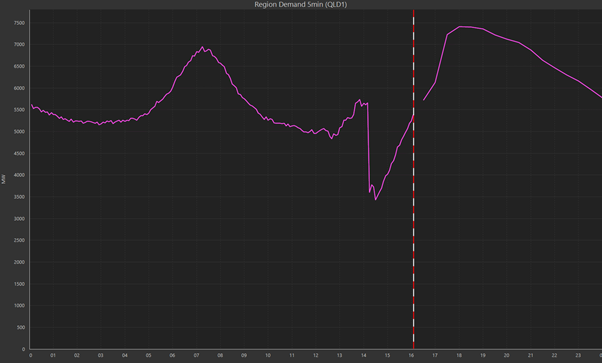
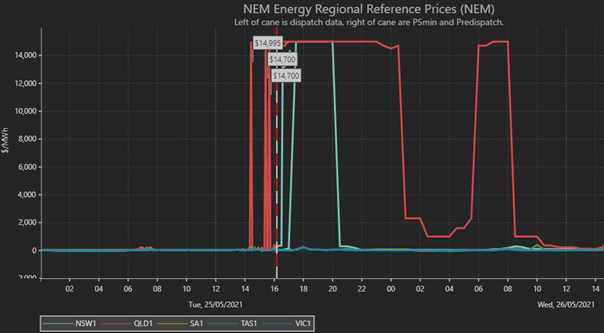
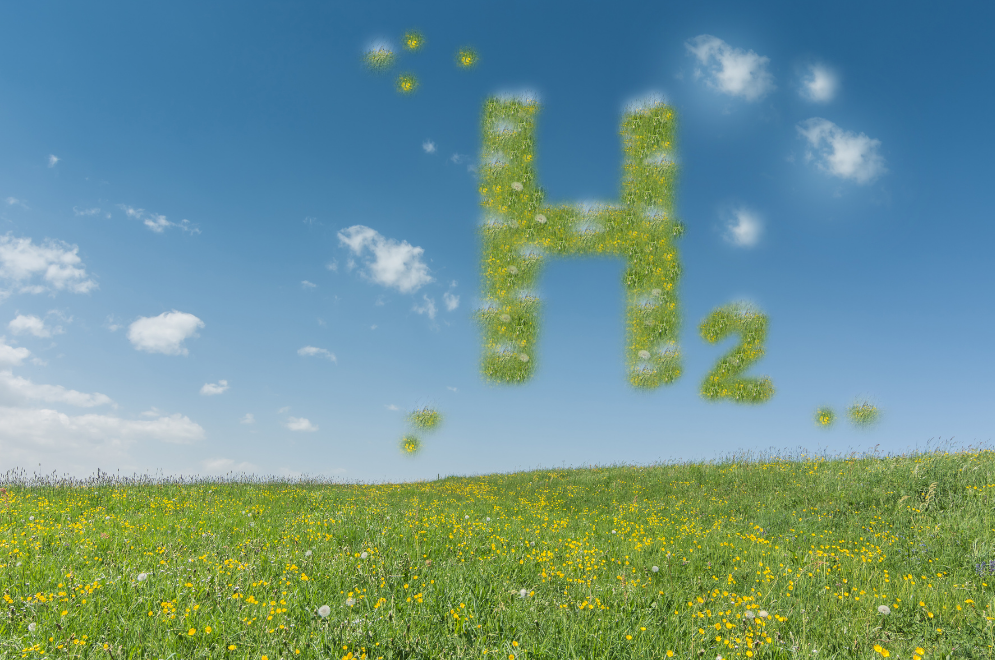 The facility is operated by Australian Gas Networks (AGN). Its parent company Australian Gas Infrastructure Group sees “green hydrogen” as a potential saviour for its sunk investments in gas pipelines.
The facility is operated by Australian Gas Networks (AGN). Its parent company Australian Gas Infrastructure Group sees “green hydrogen” as a potential saviour for its sunk investments in gas pipelines.



